Isomeric amines with molecular formula C8H11N give the following tests
Isomer(P) ⇒ Can be prepared by Gabriel phthalimide synthesis
Isomer(Q) ⇒ reacts with Hinsberg's reagent to give solid insoluble in NaOH
Isomer(R) ⇒ Reacts with HONO followed by β−naphthol in NaOH to give red dye.
Isomer(P),(Q) and (R) respectively are




To solve the problem, we need to identify the isomeric amines (P, Q, and R) with the molecular formula C8H11N based on the given tests. Let's analyze each isomer step by step.
Step 1: Identify Isomer P
- Test: Can be prepared by Gabriel phthalimide synthesis.
- Analysis: Gabriel phthalimide synthesis is used to prepare primary amines. Therefore, isomer P must be a primary amine.
- Possible Structure: One possible structure for isomer P could be 1-aminooctane (a straight-chain primary amine).
Step 2: Identify Isomer Q
- Test: Reacts with Hinsberg's reagent to give a solid that is insoluble in NaOH.
- Analysis: The Hinsberg test differentiates between primary, secondary, and tertiary amines. Secondary amines react to form sulfonamides that are insoluble in NaOH. Therefore, isomer Q must be a secondary amine.
- Possible Structure: One possible structure for isomer Q could be N-ethyl-2-pentylamine (a branched secondary amine).
Step 3: Identify Isomer R
- Test: Reacts with HONO (nitrous acid) followed by β-naphthol in NaOH to give a red dye.
- Analysis: This reaction is characteristic of aromatic primary amines, which form diazonium salts that can react with β-naphthol to produce azo dyes. Therefore, isomer R must be an aromatic primary amine.
- Possible Structure: One possible structure for isomer R could be aniline or a substituted aniline like p-toluidine.
Summary of Isomers
- Isomer P: 1-aminooctane (primary amine)
- Isomer Q: N-ethyl-2-pentylamine (secondary amine)
- Isomer R: p-toluidine (aromatic primary amine)
Final Answer
- Isomer P: 1-aminooctane
- Isomer Q: N-ethyl-2-pentylamine
- Isomer R: p-toluidine
- Test: Can be prepared by Gabriel phthalimide synthesis.
- Analysis: Gabriel phthalimide synthesis is used to prepare primary amines. Therefore, isomer P must be a primary amine.
- Possible Structure: One possible structure for isomer P could be 1-aminooctane (a straight-chain primary amine).
- Test: Reacts with Hinsberg's reagent to give a solid that is insoluble in NaOH.
- Analysis: The Hinsberg test differentiates between primary, secondary, and tertiary amines. Secondary amines react to form sulfonamides that are insoluble in NaOH. Therefore, isomer Q must be a secondary amine.
- Possible Structure: One possible structure for isomer Q could be N-ethyl-2-pentylamine (a branched secondary amine).
- Test: Reacts with HONO (nitrous acid) followed by β-naphthol in NaOH to give a red dye.
- Analysis: This reaction is characteristic of aromatic primary amines, which form diazonium salts that can react with β-naphthol to produce azo dyes. Therefore, isomer R must be an aromatic primary amine.
- Possible Structure: One possible structure for isomer R could be aniline or a substituted aniline like p-toluidine.
- Isomer P: 1-aminooctane (primary amine)
- Isomer Q: N-ethyl-2-pentylamine (secondary amine)
- Isomer R: p-toluidine (aromatic primary amine)
- Isomer P: 1-aminooctane
- Isomer Q: N-ethyl-2-pentylamine
- Isomer R: p-toluidine
Topper's Solved these Questions
Similar Questions
Three isomers A, B and C (mol. Formula C8H11N ) give the following results :

R has lower boiling point than S
BC6H5SO2Cl−−−−−−→ alkali -insoluble product
A,B and C, respectively areView SolutionFrom analysis and molecular weight determination the molecualr fomula of a compound (A) is C3H7NO. The compound gives the following information.
(i) On hydrolysis it gives an amine (B) and a carboxylic acid (C).
(ii) Amine (B) reacts with benzene sulphonyl chloride and gives a product which insoluble in aqueous sodium hydroxide solution.
(iiI) Acid (C) on reaction with Tollens's reagent gives a silver mirror.
What are (A) , (B) and (C) ? Explain the reactions with the help of equations.View Solution
Knowledge Check
- Question 1 - Select One
An organic compound (P) with molecular formula C6H8O4 is stable to heat but hydrolyse to (Q) and MeOH by NaOH follwed by acidification. (Q) on strong heating gives (R) which with Red P/HI gives ethane. Compound (P) is:
ACH3−C∣∣O−O−C∣∣O−OC2H5BCH3−C∣∣O−C∣∣O−C∣∣O−OCH3C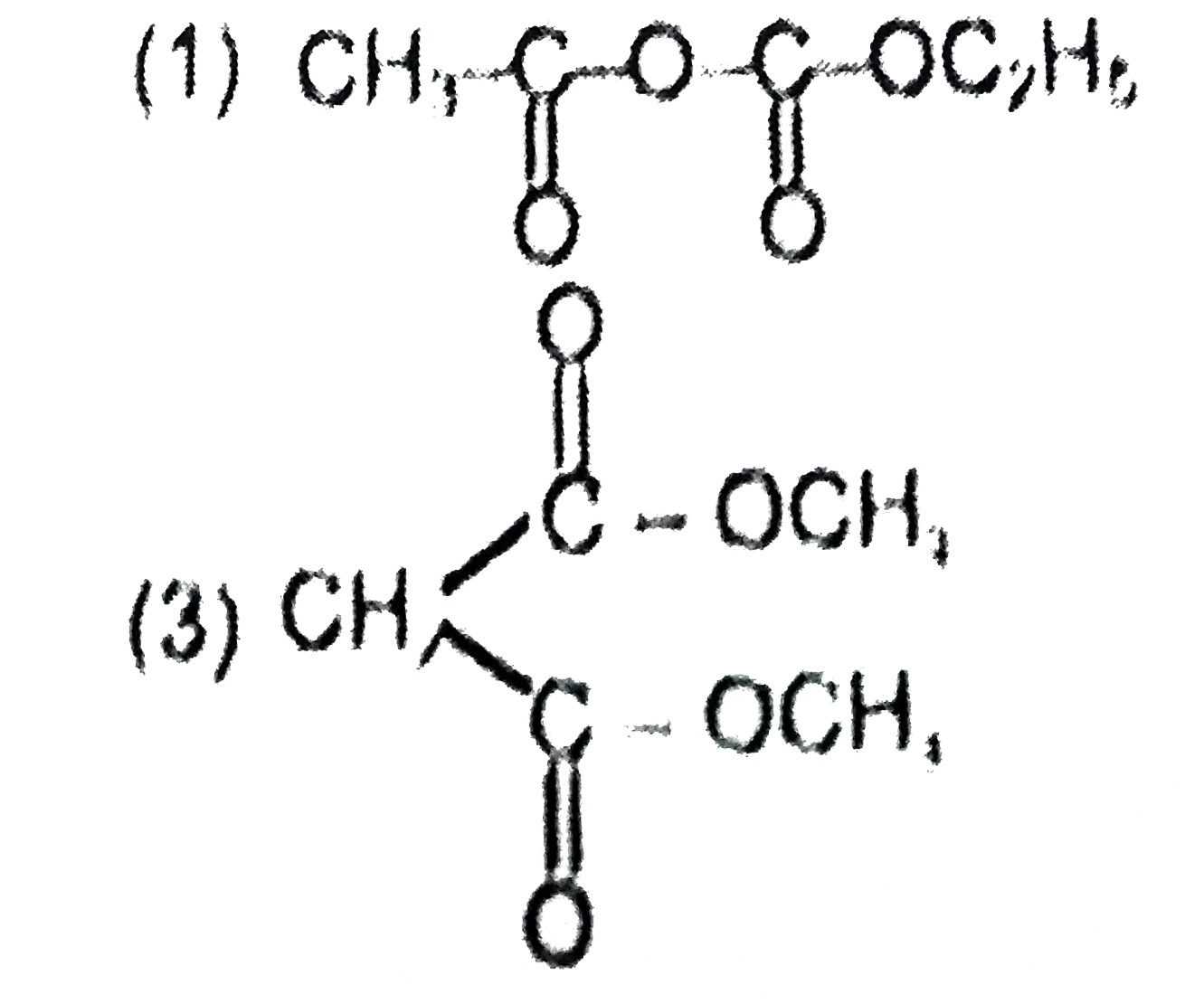 D
D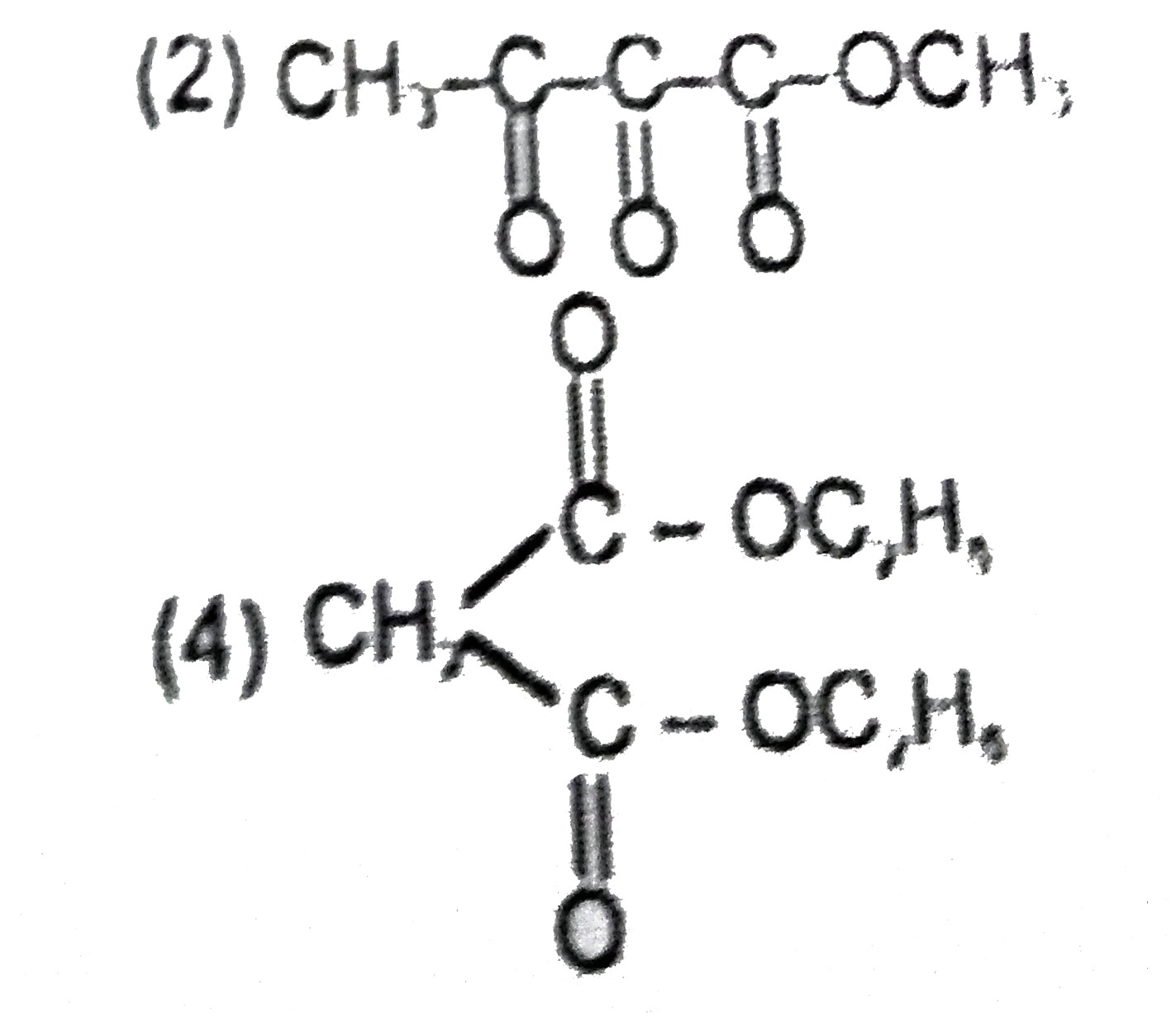
- Question 2 - Select One
The isomeric compounds 'A' and 'B' with molecular formula C7H9N give the following reactions. When B is acetylated and then brominated, it gave one monobromo derivative. 'A' when treated with NaNO2 and HCl gave the compound 'C'. 'C' was heated with acetic acid in the presence of conc. H2SO4, a pleasant smelling liquid (D) was obtained. 'B' was treated with NaNO2 and HCl in cold condition and treated with β-Naphthol in NaOH to give an orange red dye.
'B' isABenzylamineBp-toluidineCo-toluidineDm-toluidine - Question 3 - Select One
The isomeric compounds 'A' and 'B' with molecular formula C7H9N give the following reactions. When B is acetylated and then brominated, it gave one monobromo derivative. 'A' when treated with NaNO2 and HCl gave the compound 'C'. 'C' was heated with acetic acid in the presence of conc. H2SO4, a pleasant smelling liquid (D) was obtained. 'B' was treated with NaNO2 and HCl in cold condition and treated with β-Naphthol in NaOH to give an orange red dye.
'D' isA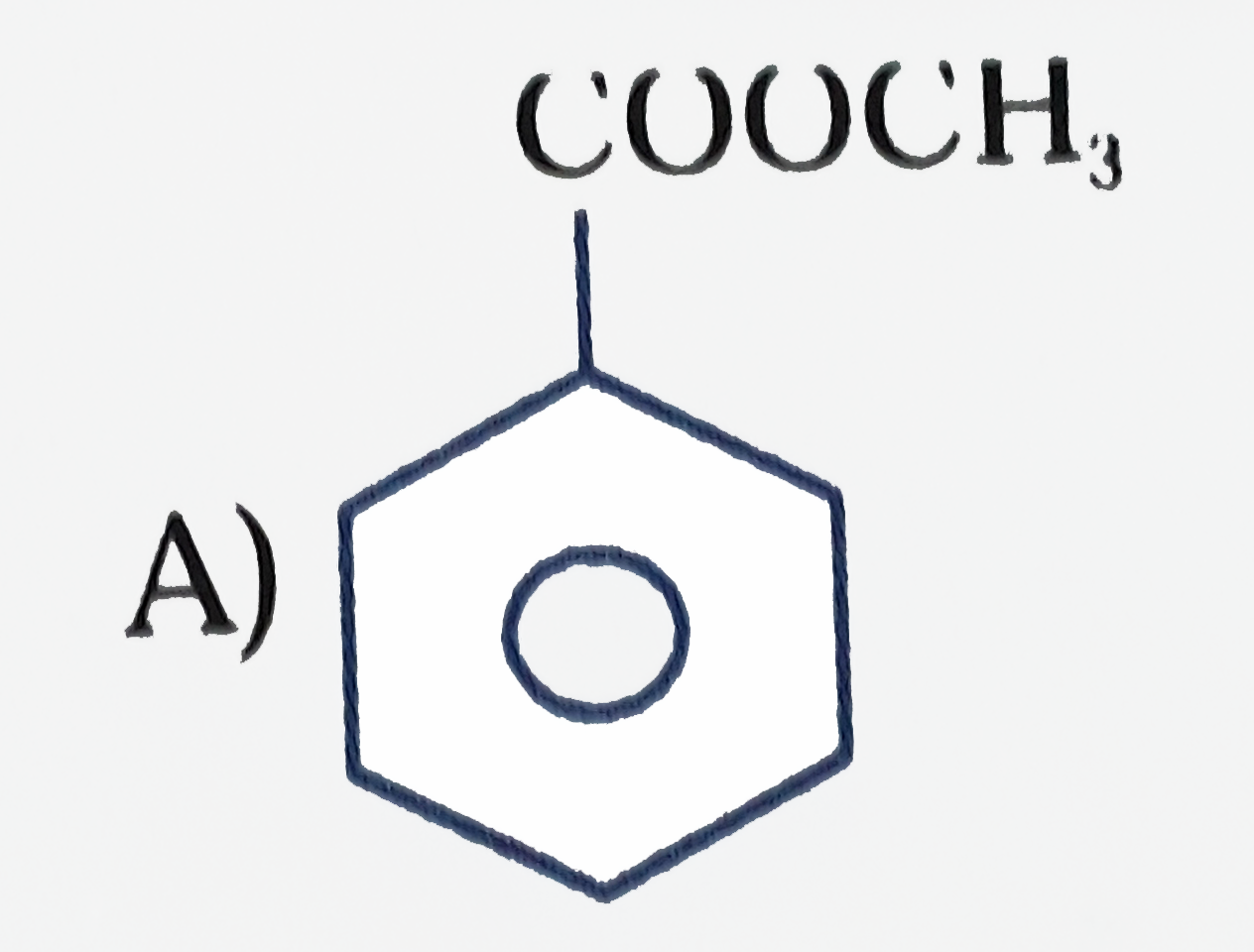 B
B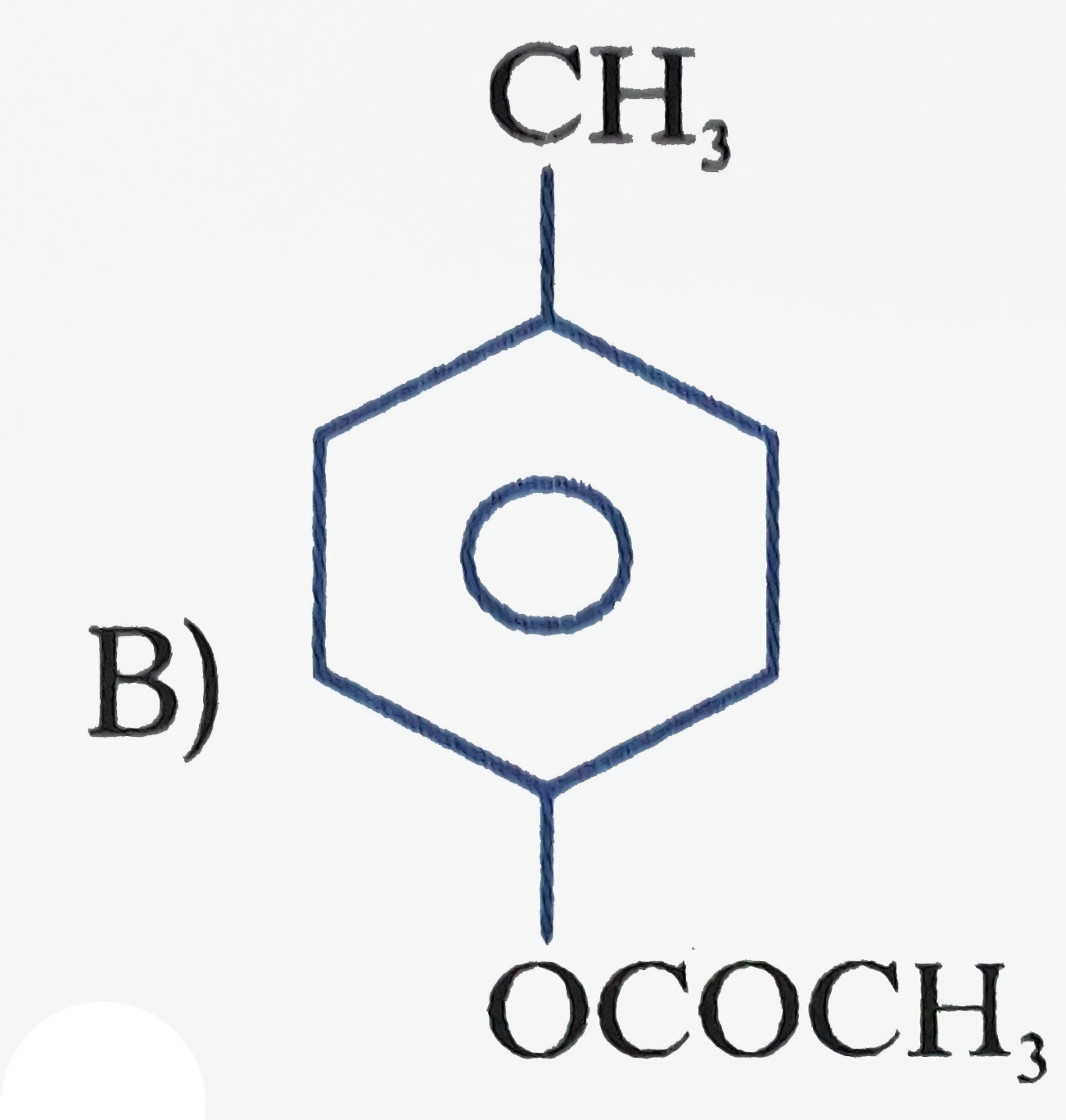 C
C D
D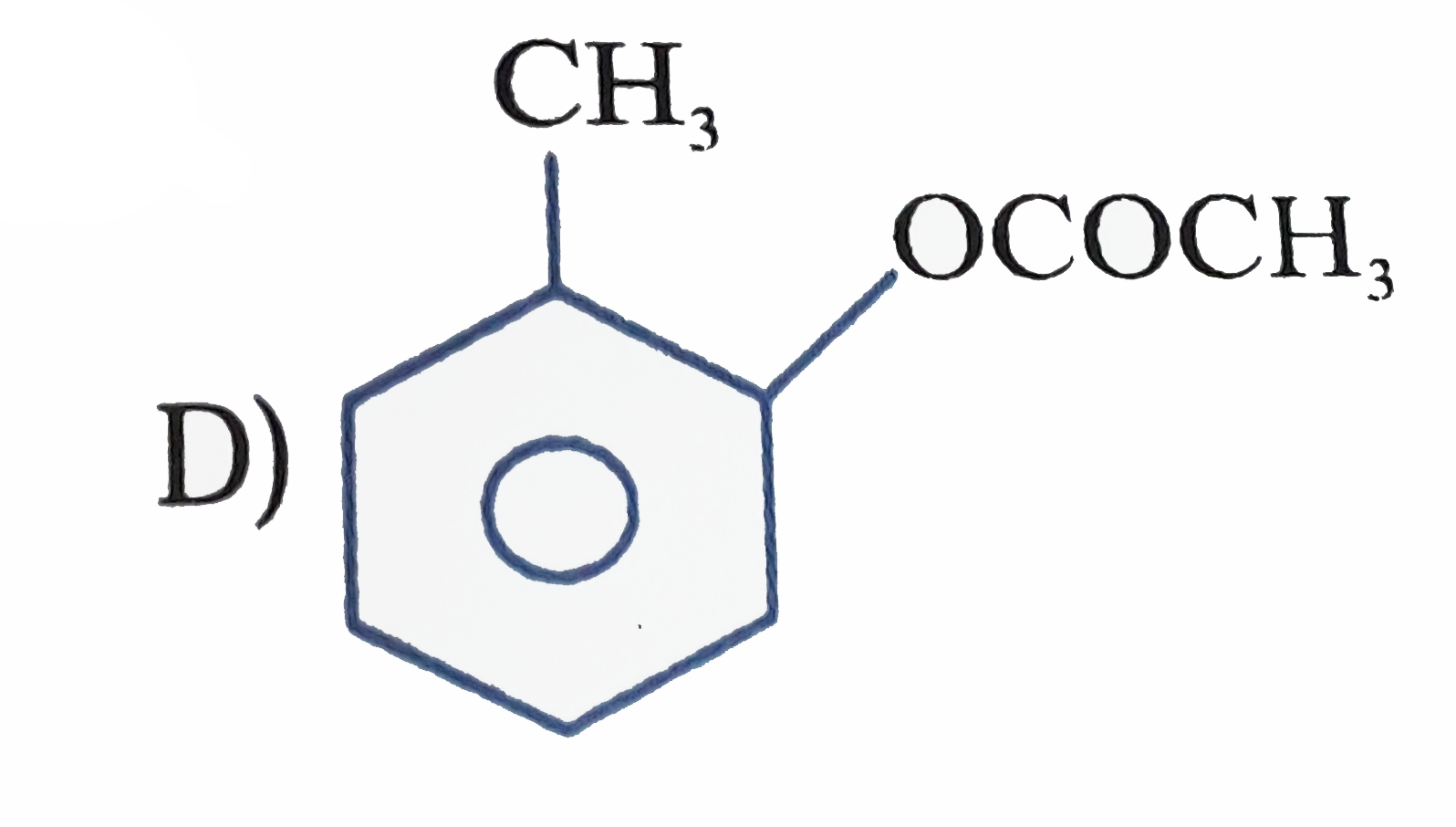
An organic compound P has molecular formula C2H4. On reduction, it gives another compound Q with molecular formula C2H6. Q reacts with chlorine in the presence of sunlight to give R having molecular formula C2H5Cl.
Identify P, Q and R.View SolutionThe isomeric compounds 'A' and 'B' with molecular formula C7H9N give the following reactions. When B is acetylated and then brominated, it gave one monobromo derivative. 'A' when treated with NaNO2 and HCl gave the compound 'C'. 'C' was heated with acetic acid in the presence of conc. H2SO4, a pleasant smelling liquid (D) was obtained. 'B' was treated with NaNO2 and HCl in cold condition and treated with β-Naphthol in NaOH to give an orange red dye.
'A' isView SolutionThere are three isomeric compounds P,Q,R with molecular formula C4H6O3.Compound P is a saturated hydroxy carboxylic acid.Compound Q is a symmetrical anhydride while R is an aldehydic ester.
Which of the following is P?View SolutionAn acylic hydrocarbon P, having molecular formula C6H10, gives acetone as the only organic product through the following sequnence of reactions in which Q is an intermediate organic compound

The structure of compound P isView SolutionFive isomeric p-subsituted aromatic compounds (A) to (E ) with molecular formula C8H8O2 are given for identifyication. Based on the following observation, give the structures of the compounds.
i. Both (A) and (B) form a silver mirror with Tollens reagent, (B) also gives a positive test with neutral FeCl3 solution.
ii. (C ) gives positive iodoform test.
iii. (D) is readily extracted in aqueous NaHCO3 solution.
iv. (E ) on acid hydrolysis gives 1,4-dihydroxy benzene.
Compound (A) is:View Solution

